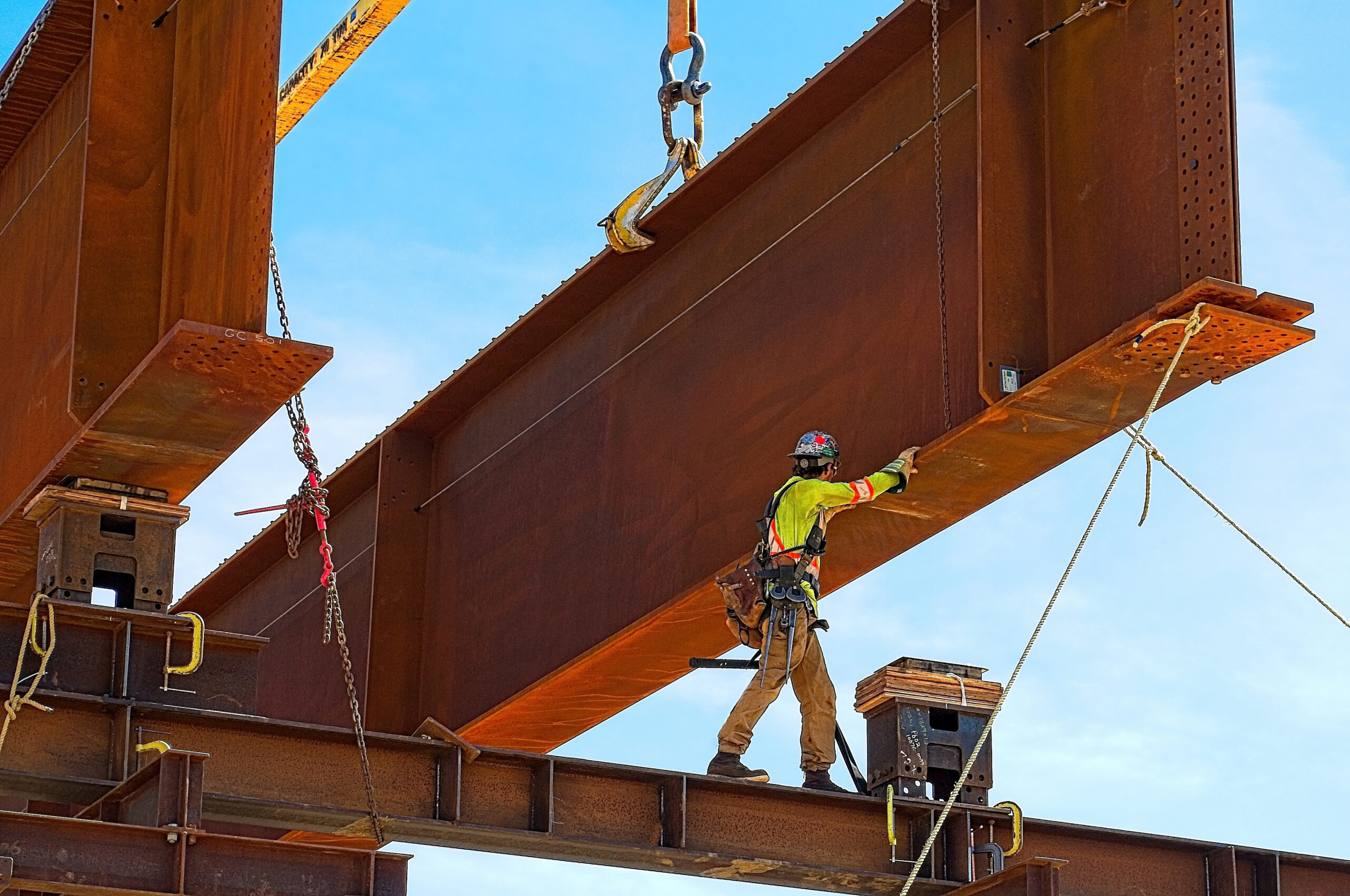
The March federal budget signaled a strong focus on Canada’s clean energy transition. Positioned as the response to the U.S. Inflation Reduction Act (IRA) passed last year, Canada’s suite of tax credits, subsidies and direct investments offers billions of dollars to cut emissions by heavy industries such as cement and steel while leveraging growing opportunities in mining and manufacturing.
The budget is a step in the right direction, with significant spending allocated to cleaning up industry and supporting the production of clean materials. However, to truly match the ambition of the IRA and the EU Green Deal Industrial Plan, Canada must go a step further. The federal government must use all the tools in the decarbonization toolbox, and support demand for clean steel, concrete and more. As representatives of industry, construction and environmental organizations, we, the authors, urge the government to take four specific steps, outlined below, to grow Canada’s clean industrial advantages.
Lessons from the U.S. on buying clean construction materials
One of the most important tools to support net-zero in heavy industries is procurement. By preferentially buying lower-carbon materials for public infrastructure projects, governments can support the market for cleaner products. This kind of approach – known as “Buy Clean” – is one of a number of policy tools that the International Energy Agency is urging governments to adopt to create demand for near-zero emissions materials.
Buy Clean is a cornerstone of the U.S.’s plan to cut carbon from industry and it’s a solution that makes sense in Canada, too. Canadian governments are big spenders, accounting for 13 per cent of Canada’s entire GDP and purchasing an estimated $5 billion of construction materials annually for roads, bridges, hospitals and other infrastructure.
If governments at all levels were to factor in the carbon footprint of materials they buy, it would cost relatively little but reap significant rewards. A recent report by Clean Energy Canada estimated that a national public and private Buy Clean implementation could reduce emissions equivalent to taking three million gasoline-powered cars off the roads every year.
Buy Clean would also create domestic demand for materials produced with fewer carbon emissions, in turn benefiting Canadian companies (and their workers) that are investing in cleaner production processes. Canadian-made steel and aluminum are already among the cleanest in the world, but currently compete against lower-cost imports. In addition, studies have shown that buying cleaner materials doesn’t necessarily mean more pressure on the public purse.
Despite the economic and environmental arguments, a Canadian response has been slower to materialize. There have been some initial steps. For example, Buy Clean commitments were included in the recent federal mandate letters for ministers and in the 2030 Emissions Reduction Plan. Newly announced federal procurement standards would mandate the use of lower carbon concrete (10 per cent better than industry average) for federal construction projects while requiring companies bidding for large projects to disclose their emission levels. But Canada needs a more transformative approach.
Simply put, policies need to be bigger and better.
First, the government should publish a transparent Buy Clean plan, including how and when it plans to extend federal procurement requirements to provinces, Crown corporations and municipal governments.
Second, clear data and standards are required to support decisions. The collaboration between the federal government and the cement and concrete sectors is a good example of what is needed. The same thing now needs to happen for other key sectors, including wood and steel.
Third, additional investment is needed in infrastructure budgets to provide financial incentives in the procurement process. This would help provinces and municipalities using low-carbon materials to overcome potential cost premiums.
Finally, Canada should partner with the U.S. and other trade partners to develop and agree on a set of common expectations that could be utilized in project specifications to support low-carbon procurement. This work is already happening through several forums. Canada should formalize this work through a memorandum of understanding with the U.S. to support a North American Buy Clean approach. Far better to align with our most important trading partner than reinvent the wheel.
This won’t be easy – construction and procurement can be resistant to change – but it should be clear that it is not a question of “if” but “when” we adopt a new approach. Sitting back and watching the U.S. cross the finish line first shouldn’t be Canada’s preferred option.











